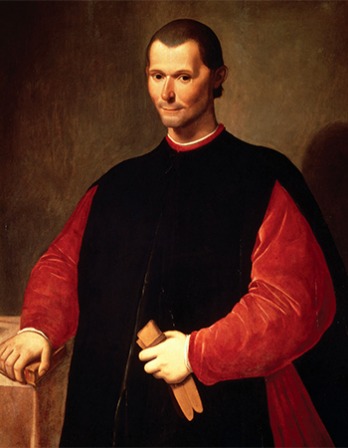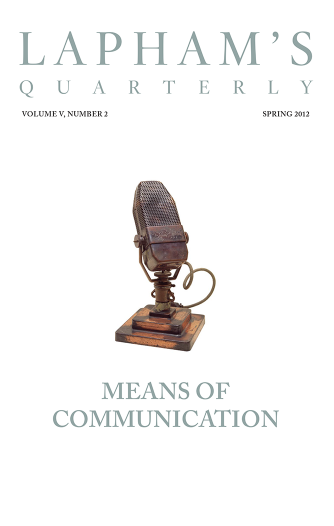We are informed that the work of preparing the purple for the royal robes, which was put under your charge, has been interrupted through reprehensible negligence on your part.
There must be neglect somewhere, or else the wool with its milk-white hairs would long before now have imbibed the precious quality of the adorable murex. If the diver in the waters of Hydruntum had sought for these murex shells at the proper season, that Neptunian harvest, mixed with an abundant supply of water, would already have generated the flame-bright liquid which dyes the robes that adorn the throne. The color of that dye is gay with too great beauty; it is a blushing obscurity, which distinguishes the wearer from all others, and makes it impossible for the human race not to know who is the king. If the murex has not changed its quality, if the press is still there to receive its one vintage, it must be the fault of the laborers that the dye is not forthcoming. What are they doing, all those crowds of sailors, those families of rustics? And you who bear the name of count, and were exalted high over your fellow citizens on purpose that you might attend to this very thing, what sacrilegious negligence is this that you are manifesting in reference to the sacred vesture? If you have any care for your own safety come at once with the purple, which you have hitherto been accustomed to render up every year. If not, if you think to mock us by delay, we shall send you not a constrainer but an avenger.

Shanghai, China, c. 1930. © Pictures from History / Bridgeman Images.
How easy was the discovery of this great branch of manufacture! A dog, keen with hunger, bounding along the Tyrian shore, crunched the shells that were cast up there. The purple gore dyed his jaws with a marvelous color, and the men who saw it, after the sudden fashion of inventors, conceived the idea of making with it a noble adornment for their kings. What Tyre is for the East, Hydron is for Italy—the great cloth factory of courts.
From a letter on behalf of Theodoric the Great. Born around 490 in present-day Italy, Cassiodorus served as a civil servant under Ostrogoth king Theodoric the Great and other rulers. Around 537 he published his twelve-book Variae, a collection of his official writings, and around 540 he retired to found a monastery, which he named Vivarium, creating there a grand library that conserved many Greek and Roman texts. The classicist James J. O’Donnell referred to him as “a little more than sinner, a little less than saint.”
Back to Issue






